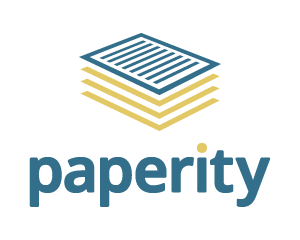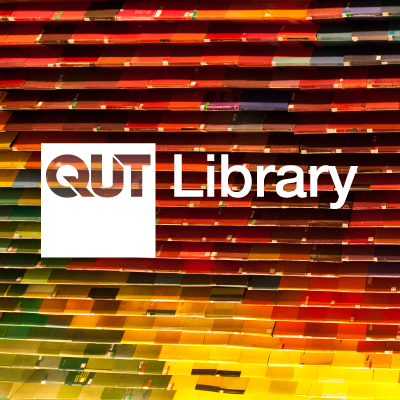Empathy, Neutrality and Emotional Intelligence: A Balancing Act for the Emotional Einstein
Abstract
Emotions play a central role in mediation as they help to define the scope and direction of a conflict. When a party to mediation expresses (and hence entrusts) their emotions to those present in a mediation, a mediator must do more than simply listen - they must attend to these emotions. Mediator empathy is an essential skill for communicating to a party that their feelings have been heard and understood, but it can lead mediators into trouble. Whilst there might exist a theoretical divide between the notions of empathy and sympathy, the very best characteristics of mediators (caring and compassionate nature) may see empathy and sympathy merge - resulting in challenges to mediator neutrality. This article first outlines the semantic difference between empathy and sympathy and the role that intrapsychic conflict can play in the convergence of these behavioural phenomena. It then defines emotional intelligence in the context of a mediation, suggesting that only the most emotionally intelligent mediators are able to emotionally connect with the parties, but maintain an impression of impartiality – the quality of remaining ‘attached yet detached’1 to the process. It is argued that these emotionally intelligent mediators have the common qualities of strong self-awareness and emotional self-regulation.
Published
Oct 1, 2010
How to Cite
DUFFY, James.
Empathy, Neutrality and Emotional Intelligence: A Balancing Act for the Emotional Einstein.
QUT Law Review, [S.l.], v. 10, n. 1, oct. 2010.
ISSN 2201-7275.
Available at: <https://lr.law.qut.edu.au/article/view/9>. Date accessed: 01 feb. 2021.
doi: https://doi.org/10.5204/qutlr.v10i1.9.
Section
Articles - General Issue
Since 2015-12-04
Abstract Views
4323
PDF Views
3114
Until 2015-12-04:
Abstract Views
845
PDF Views
2103
Authors who publish with this journal retain copyright and grant the journal right of first publication with the work simultaneously licensed under a Creative Commons Attribution License (CC-BY) that allows others to share the work with an acknowledgement of the work's authorship and initial publication in this journal.
Articles in this journal are published under the Creative Commons Attribution Licence (CC-BY). This is to achieve more legal certainty about what readers can do with published articles, and thus a wider dissemination and archiving, which in turn makes publishing with this journal more valuable for authors.






